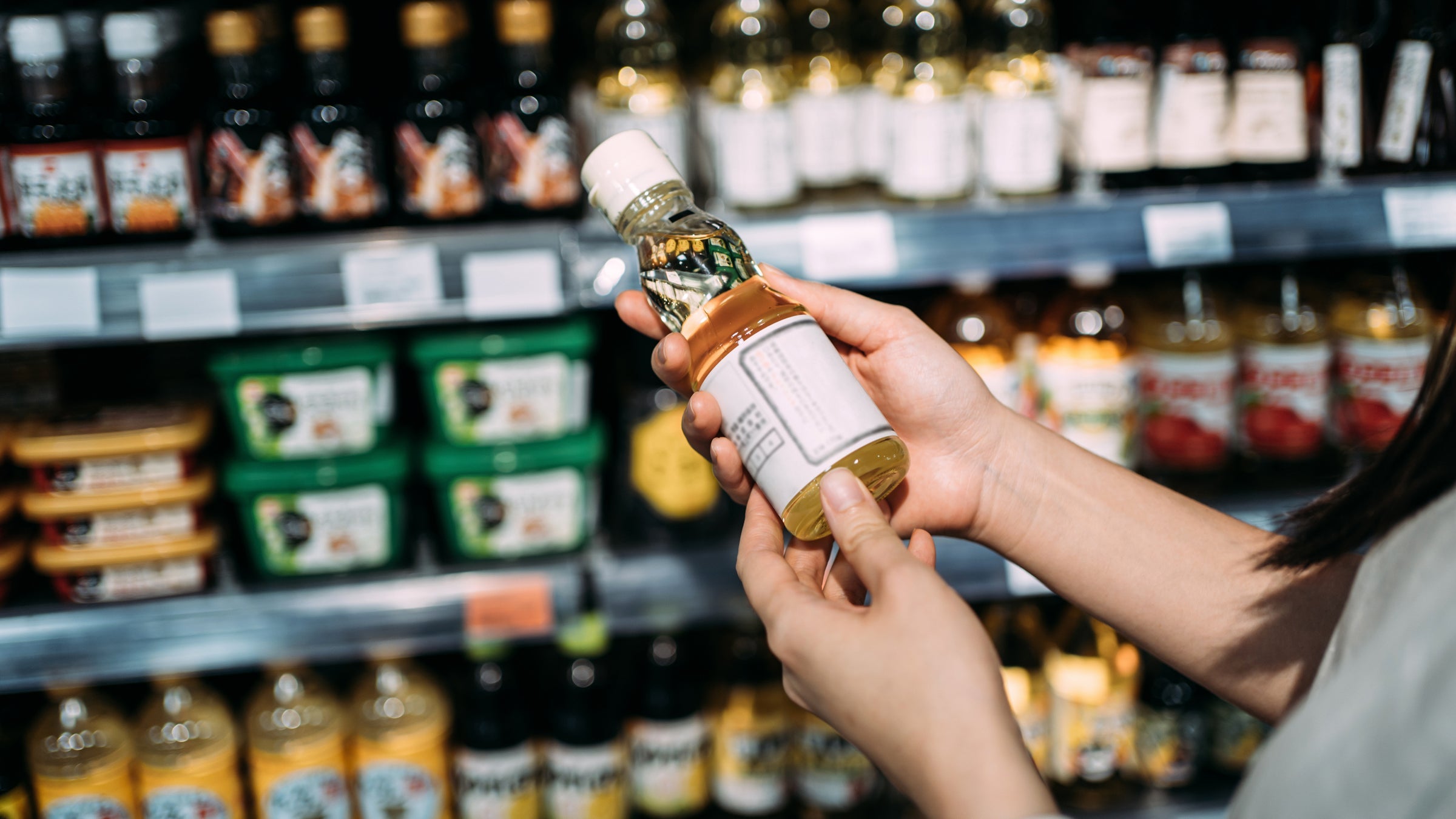There's a New Addition to that List of 'Common Allergens' You See on Food Labels

(Photo: d3sign/Getty Images)
Food allergen labeling has evolved tremendously in the United States over the past few decades. As recently as 2004, there were no mandatory labeling laws in effect, meaning manufacturers did not have to specifically call out ingredients that could trigger allergic reactions. Congress passed the Food Allergen Labeling and Consumer Protection Act (FALCPA), which required the mandatory labeling of eight major food allergens on food packaging: milk, eggs, fish, shellfish, tree nuts, peanuts, wheat, and soybeans. Now sesame has been added as the ninth item on the list of must-disclose ingredients out of concern for the large number of Americans who experience sesame allergy symptoms.
How the list of common allergens was created
While there is currently no set threshold that the FDA considers when making a case to consider a food being added as a potential allergen, it’s important to understand the complexity of food allergies and just what the research shows regarding their prevalence.
The data used to identify the original list of allergenic foods was developed from studies that began with a working paper in 1993. This paper was presented to the Codex Committee on Food Labeling, which was then followed by a Food and Agriculture Organization (FAO) Technical Consultation on Food Allergens in 1995. The FAO report was based heavily around the pediatric population, using data on food allergies from a clinical setting. However, it was an instrumental part in the labeling of the top eight food allergens. Both the Codex and FAO report led to the creation of “a list of foods of concern” in 1999 as part of the Codex General Standard for the Labeling of Prepackaged Food (Codex Alimentarius, 2001).
Nearly 16 years went by before the next major update to food allergy laws was passed in the U.S. In April 2021, the Food and Drug Administration (FDA) signed into law the Food Allergy Safety, Treatment, Education, and Research (FASTER) Act, which declared sesame as the ninth major food allergy in the United States. Given the expense and time needed for companies to reconfigure packaging to comply with this new law, that changes officially goes into effect in January 2023.
Why add sesame allergy labeling now?
A 2019 study found that .23 percent of U.S. adults and children are allergic to sesame. As labeling laws stood in the past, sesame used as a spice or seasoning didn’t have to be labeled in the ingredient list and could be coupled under the name spice blend/mix/etc. often seen in many ingredients statements. For someone with a sesame allergy, this would make navigating many packaged food products rather challenging.
“Some of it is based on the prevalence within the population and sometimes it’s in order to help consumers more easily identify potentially allergenic foods. Sesame is a good example of the latter,” says Sherry Coleman Collins, MS, RDN, LD, food allergy registered dietitian at Southern Fried Nutrition and consultant to the National Peanut Board. “While it impacts a very small percentage of the population, for those who do have a potentially severe food allergy to sesame, it can be very difficult to identify in packaged foods. The addition of sesame to the labeling law requires that sesame be disclosed clearly if it is used as an intentional ingredient.”
Food allergen labeling around the globe
There is no formal list of global food allergens that require mandatory labeling on foods. Given each culture has traditional dishes and foods that comprise a large part of their regular diet, it’s interesting to see where each country differs when it comes to labeling foods as allergens.
The University of Nebraska, Lincoln’s Food Allergy Research and Resource Program has a hub for monitoring the food allergens identified in many countries globally, and they see a number of overlaps. Many countries align in listing milk, shellfish, fish, egg, peanuts, and tree nuts as food allergens, with wheat/gluten being more divisive. Some countries list foods like fruits and vegetables such as mangos, tomatoes, and celery as allergens, while others list spices such as mustard on their allergen list.
Japan is the only country on the university’s International Regulatory Chart that does not list soy as an allergen. Since soy is present in numerous forms throughout Japanese cultural cuisine, it’s not surprising that this would not necessarily be listed as a top food allergen.
Collins notes that when considering the global nature of consumer packaged goods, an international labeling standard could have some potential benefits. “For instance, if there was an agreed-upon list of allergens, it could simplify the import/export process of foods, which would be a good thing. It would ensure that wherever the food is manufactured, the labeling would clearly provide the information needed by individuals with food allergies and reduce the risk of accidental ingestion.”
RELATED: Going Vegan with a Nut Allergy Is Hard. These Ingredient Swaps Make it Way Easier.
Get more of what you love from VT. Follow us on Instagram, Facebook, and Twitter, and sign up for our email newsletters.